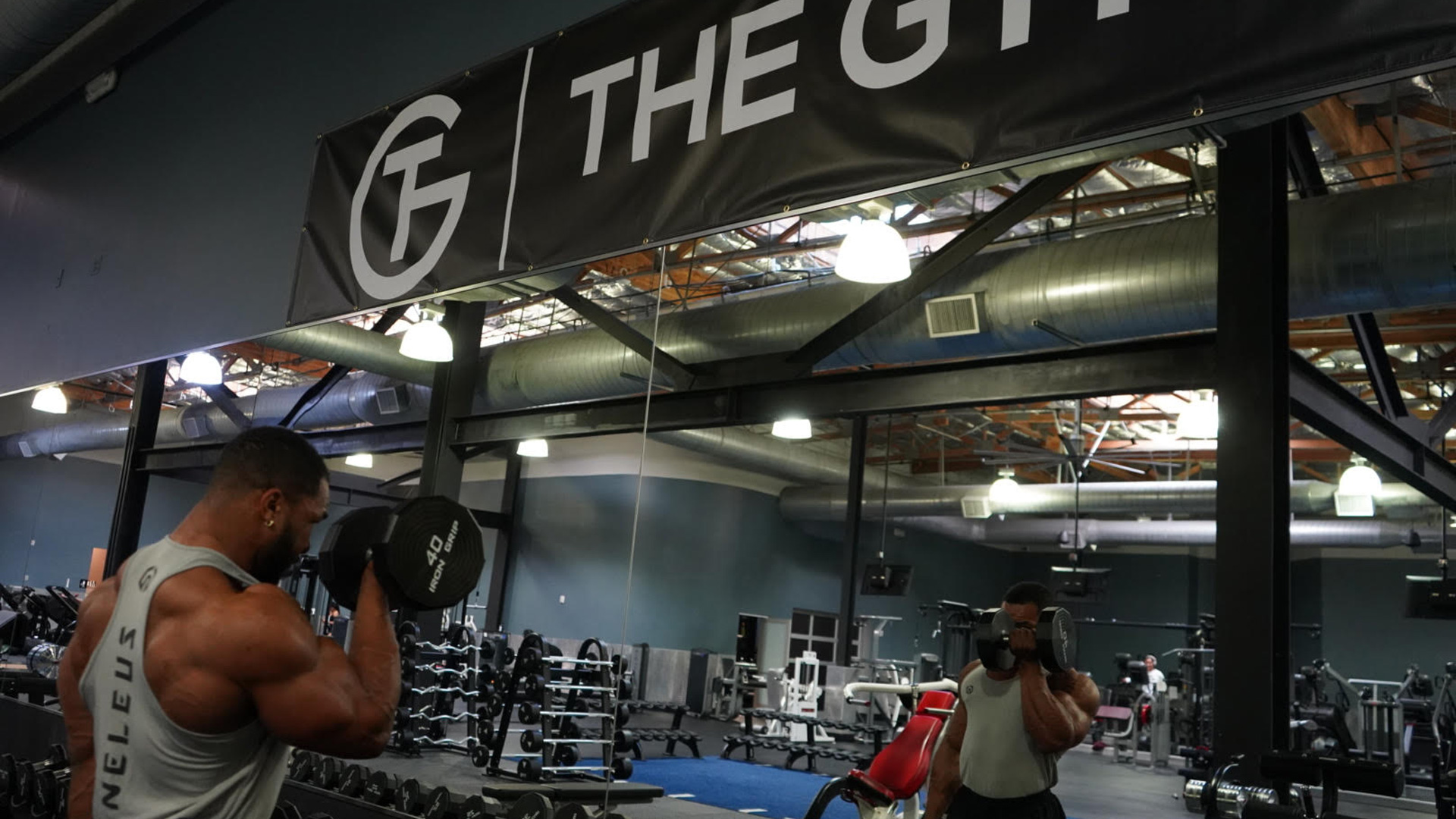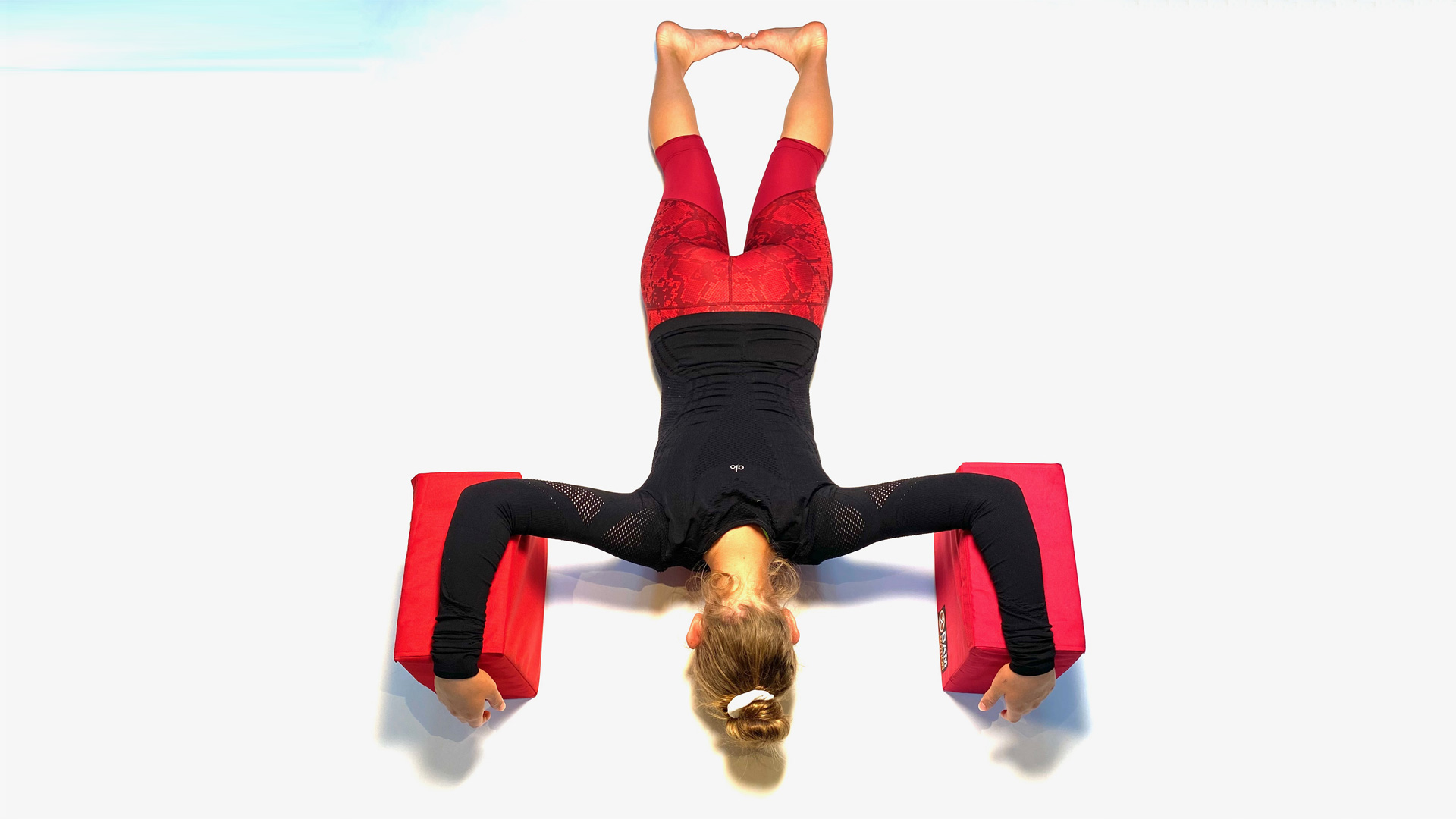All Categories


Hard training doesn’t always build stronger clients. In some cases, it builds broken ones. That’s the shift coaches are reckoning with. Clients are walking in with high cortisol, poor sleep, and too many things competing for their mental bandwidth. And the question they’re asking more often now isn’t “How much weight should I lift?” but “How do I train without burning out?”
Recovery-first coaching answers that. It’s not soft. It’s strategic. It looks at how the body and mind are doing before deciding what load to add, if any at all.
A client in their forties, sleep-deprived, juggling family and deadlines, won’t recover like a 25-year-old with no morning meetings will. Add age-related inflammation and reduced hormone levels to the mix, and intensity becomes a tax, not a stimulus. Push them too hard, and they’re out for a week. Program smartly, and they can train five consecutive days without stalling.
This is where recovery-first programming makes sense. It’s about keeping clients consistent enough to keep stacking progress. Muscles don’t grow when training stops because of injury, fatigue, or burnout. The goal is longevity.
Recovery-first doesn’t mean skipping work. It means choosing the type of work that fits the day. This style of coaching starts by reading the room. How your client sleeps, eats, and thinks shows up in their performance, and it shows up fast.
Let’s say a client comes in fried from work. Your plan said heavy compound lifts. But they’re twitchy, irritable, distracted. You pivot. Tempo squats, mobility circuits, and loaded carries. It’s not easy. But it’s manageable. And they leave feeling better, not worse. That’s the win.
Tia Ainsworth, a fitness coach who recovered from an eating disorder, rebuilt her entire approach around strength training that made her feel grounded. Her workouts became less about control and more about structure. The result? A system that helped her rebuild not just muscle, but confidence.
Emma Hooker dropped 72 kilos by learning how to work with her ADHD instead of against it. Instead of rigid extremes, she built routines around stability: simple food choices, realistic training blocks, and strategies to avoid overwhelm.
Debbie Muse, a group fitness instructor, recovered quickly from a stroke at 48. Doctors credited her baseline fitness for the outcome. But her post-event training (walking, pacing, and slowing things down) helped her stay consistent long-term.
All three show the same theme: consistency beats intensity when the client is under pressure.
Recovery-first coaching starts with adjusting volume, frequency, or modality based on readiness. That can mean pushing hard when recovery scores are high, switching to a simple workout or relaxing active session like a walk around the neighborhood, or even breathing sessions when they’re not.
In many ways, recovery-first coaching includes adding a stretch series to close out a strength set or choosing reps that challenge the mind without overwhelming the nervous system. Coaches who practice this build recovery into the training block, not just around it.
That is where the rest weeks become more structured instead of skipped; movement on “off” days still builds tissue resilience and mental clarity.
This style of coaching is less about reps and more about readiness. It listens before it loads. It builds strength by respecting recovery. That shift, mental first and physical second, keeps clients training longer, staying consistent, and feeling like the gym is helping, not hurting.
You’re not holding them back. You’re keeping them in the game.
About Robert James Rivera
Robert is a full-time freelance writer and editor specializing in the health niche and its ever-expanding sub-niches. As a food and nutrition scientist, he knows where to find the resources necessary to verify health claims.
Powering the Business of Health, Fitness, and Wellness Coaching

By Elisa Edelstein

By Elisa Edelstein

By Robert James Rivera

By Elisa Edelstein

By Elisa Edelstein

By Robert James Rivera

Powering the Business of Health, Fitness, and Wellness Coaching
